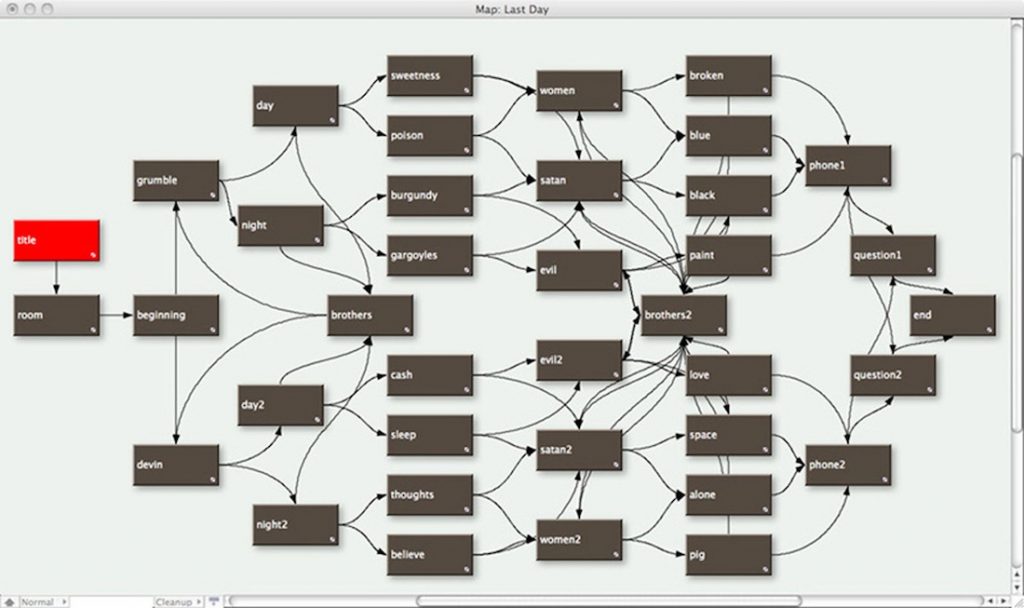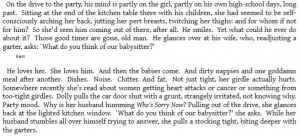Farinsky Blog Post 2: Hypertext 1
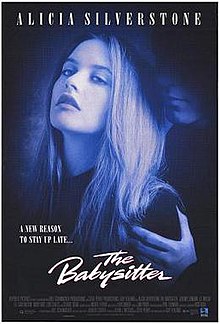
Hypertext fiction is a genre which celebrates non-linear story telling, and narratives that embrace being told in randomized orders each time a user clicks on them. Robert Coover’s “The Babysitter” is an excellent example of this form based upon the criteria of segmented, and distorted, storytelling.
“The Babysitter” is a collection of over 100 fragments that focus on the male fantasy looping, and seemingly folding upon itself, as the babysitter interacts with young children while their parents attend a party nearby. Between 7:40 and 10:00pm the narrative cleverly avoids labeling one section of events as exactly what happened or which interpretation of the fragments is “correct”. Each segment adds to the complexity of the story and tangles the overarching narrative further by layering fantasy on fantasy giving shockingly detailed glimpses of the character’s thoughts.
Despite the victories within the genre this work achieves, the content of the story is hard to get through without feeling disgusted at the characters, and the blatantly sexual plot which verges into pornographic.
The extreme closeness of which the male fantasies are presented along side the more reality based segments makes it hard to distinguish not only order, but coherence on the whole. This story does not spread its branches far- or in a manner which makes one version of events more distinctively accurate. It is hard to even grasp the basic underlying narrative through alienating sexualization of the babysitter constantly repeating itself or the repetition of the television entering the space.
While one should appreciate the structure and genre refining tenants this work created, the content within can be hard to talk about because of the cultural differences between original publication and current views on exercising sexuality or sexual fantasy.

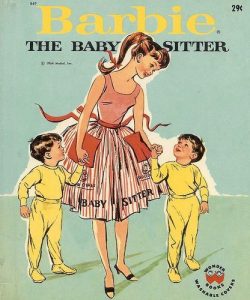
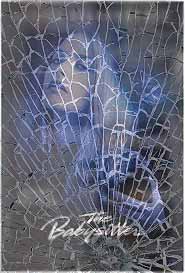 In reading the chapter this week I enjoyed reading the different approaches taken by authors to produce hypertext. Though, in reading “The Babysitter” I found it a little challenging in following the story.
In reading the chapter this week I enjoyed reading the different approaches taken by authors to produce hypertext. Though, in reading “The Babysitter” I found it a little challenging in following the story.